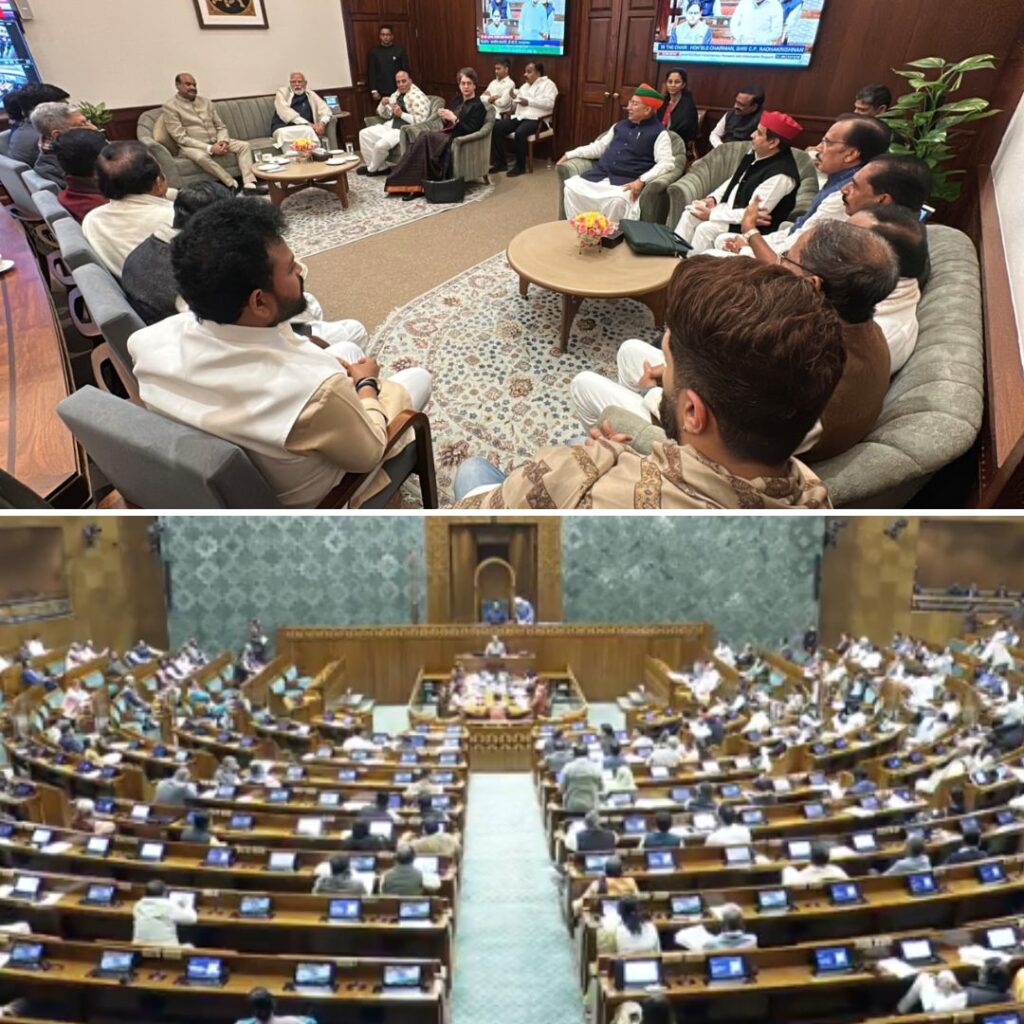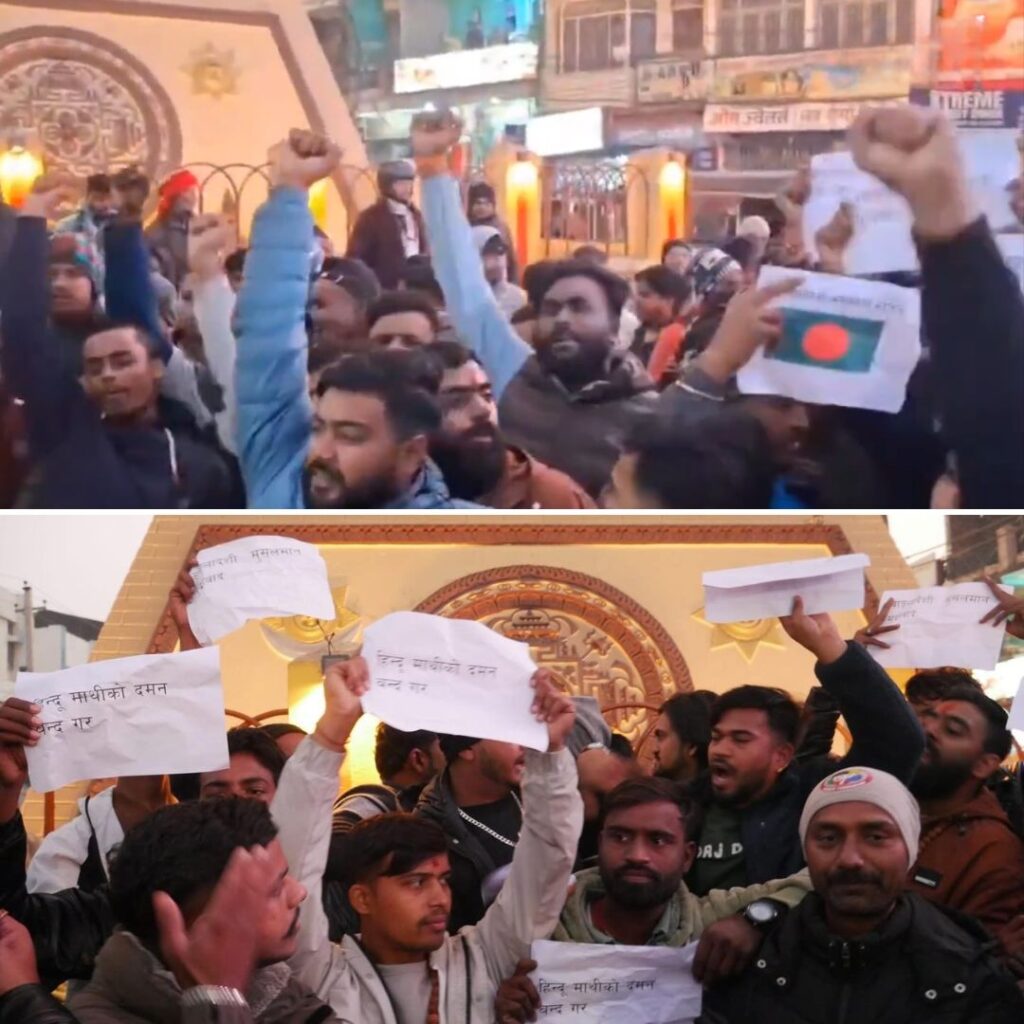For the first time since 2012, none of the Indian institutions made it to the top 300 in World University Rankings, compiled by the UK based-Times Higher Education(THE).
The most prestigious university – Indian Institute of Sciences (IISC) Bengaluru, that has always featured in the THE ranking, tumbled down 50 places from the 251-300 ranking cohort in the last year to the 301-350 grouping. IISC was followed by the Indian Institute of Technology(IIT) Ropar and IIT Indore that also fell in 351-400 bracket.
However, both the IITs individually did fairly well by ascending to higher ranks on the chart and succeeding IIT Mumbai and Delhi.
THE uses 13 calibrated performance indicators to provide the comprehensive and balanced comparisons.
The performance indicators are grouped into five areas: teaching (the learning environment); research (volume, income and reputation); citations (research influence); international outlook (staff, students and research); and industry income (knowledge transfer).
However, due to the lack of qualitative research and citation, the ranking of IISC dropped down. The two IITs performed better in terms of research influence than the IISC.
In an email, THE told the Livemint that the fall in the ranking of IISc is due to a significant fall in its (research) citation impact score offsetting improvements in the research environment, teaching environment and industry income.
“India has a huge amount of potential in global higher education, given its rapidly growing youth population and economy and use of English-language instruction. However, it is disappointing to see the country fall out of the top 300 of the rankings this year, with only a small number of institutions registering progress,” Ellie Bothwell, THE rankings editor said.
Bothwell believes that The Indian government has strong ambitions to boost the global standing of its top universities and attract foreign students, academics and research collaboration.
However, it just needs to back these aspirations with high levels of investment – or risk declining further amid increasing global competition, especially from other parts of Asia.
Also Read: TLI Explains: All You Need To Know About India’s New Education Policy












